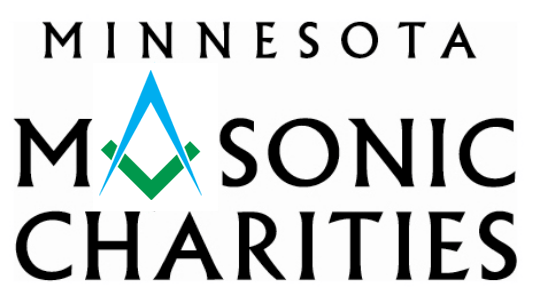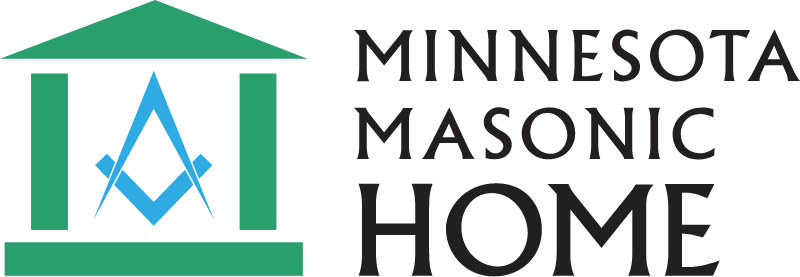I recall my sister telling me about one of her son’s first trick-or-treating experience as a toddler. It didn’t go quite as she had imagined. My nephew, Tyler, was less than impressed with the whole process and could be heard exclaiming from the back seat, “I don’t like trick-or-treating! I don’t like trick-or-treating!”. You really couldn’t blame the kid. When in his short life had he ever experienced being repeatedly shuttled in and out of his car seat; greeted at the doors of friends and family but not being invited inside; and all the while braving the cold night air bundled up in hats, mittens, jacket, and a Thomas the Train Engine Halloween costume! In his mind, a small bag of candy was not reward enough for putting up with the unfamiliar and arduous experience.
As a speech/language pathologist, the reason I propose for his negative trick-or-treating experience was that he didn’t have any “mental Velcro” for the experience. As a toddler, he simply didn’t remember ever having done something like that before. There was nothing to “stick” the experience to in his mind. We record our memories with language which is why we aren’t able to remember things from when we were babies. Even though his parents had taken him trick-or-treating at age one and two, Tyler didn’t have the language skills at that time to record those memories – he had no mental Velcro for what trick-or-treating was all about.
There are some things we can do to create “mental Velcro” for an experience such as trick-or-treating. This is especially important for children with limited language or language delays. Applying the following suggestions will help to ensure that your child (as well as you) will have the best possible trick-or-treating experience this Halloween.
- Read books about trick-or-treating using language that is at your child’s level of understanding. This helps expose your child to the vocabulary unique to this experience and helps him/her began to think about what the trick-or-treating process might look like. Even if your child does have trick-or-treating memories, reading books will help refresh that memory and prepare them for the upcoming event.
- Practice trick-or-treating in your home. Have family members play the role of “home owners” while positioning themselves behind various doors within your home. Next, you and your child can knock on the doors while practicing the words that will be used – “trick-or-treat”, “thank-you”, “happy Halloween” etc. Having your child wear their costume during these practice sessions will also be helpful. You might also want to prepare your child for outcomes other than knocking and receiving a piece of candy. Other possibilities include knocking and no one is home or knocking and the family is all out of candy. Preparing your child for these possibilities will help to ward off potential melt downs.
- Lastly, using a simple visual sequence, similar to the one on the right, will help prompt your child through the process. The first picture might be that of a door, the second of a child saying, “trick-or-treat”, the third picture could be a piece of candy, and the last a child saying, “thank you”. Pictures can help your child be more independent by reminding them of the sequence, prompting them with the words to use, and by showing them what to expect while trick-or-treating.
Happy and successful trick-or-treating!
Nancy Johnston, M.S., CCC-SLP
Speech/Language Pathologist





